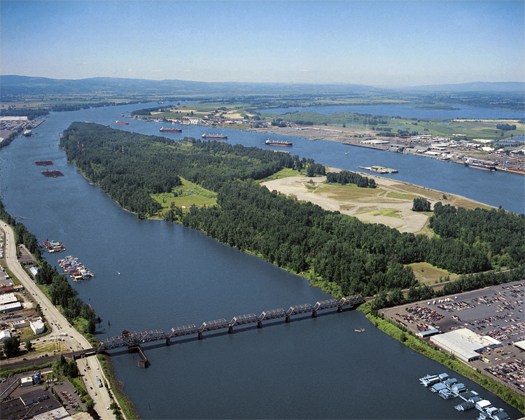There are a lot of things you could do this summer.
Unknown Fields

[Baikonur Cosmodrome, via Unknown Fields Division]
Liam Young and Kate Davies lead the 2011 edition of this “annual nomadic studio” on an expedition through “landscapes of obsolete futures” in the former USSR:
This year, on the 50th anniversary of Yuri Gagarin’s first manned space flight and the 25th anniversary of the Chernobyl disaster, we will pack our Geiger counters and spacesuits as we chart a course from the atomic to the cosmic to investigate the unknown fields between the exclusion zone of the Chernobyl Nuclear Reactor in the Ukraine and Gagarin’s launchpad at the Baikonur Cosmodrome in Kazakhstan. Beginning in the shadows of nuclear disaster we will survey the irradiated wilderness and bear witness to a sobering apocalyptic vision. We will skirt the retreating tide of the Aral Sea and mine the ‘black gold’ in the Caspian oilfields and caviar factories. We will wander through the cotton fields of Kazakhstan and tread the ancient silk road before reaching the shores of the cosmic ocean bathed in the white light of satellites blasting into tomorrow’s sky. In these shifting fields of nature and artifice we will re-examine our preservationist and conservationist attitudes toward the natural world and document a cross-section through a haunting landscape of the ecologically fragile and the technologically obsolete.
The Unknown Fields Division departs from London and runs from July 11-22; applications are due by May 20. Follow @unknownfields for updates.
Border Town

[The border between Baarle-Hertog and Baarle-Nassau, via flickr user aloxe.]
Emily Horne and Tim Maly are running an independent design studio on the fertile topic of border towns:
We believe that a great deal can be learned by investigating the strange edge cases of the world. Border towns are the extreme edge of where geography and politics collide. They throw the abstractions of governance into sharp physical relief. They are a fertile site for investigation into questions of security, freedom, architecture, immigration, trade, smuggling, sovereignty, and identity.
Border Town is a 10-week, multi-participant collaborative design studio that will investigate the conditions that surround life in cities situated on borders, divided by borders, or located in conflict zones. By investigating these strange specimens of political geography, we can being to think and design about the interaction of legal and physical architecture and how these forces shape the built environment and the lives of the people living in it.
Border Town runs from June 16 through August 18 in Toronto; submit your applications here by June 2. Follow @dividedcities for further updates, I assume.
Island in the Infrastream

[West Hayden Island, via The Oregonian]
Brett Milligan is co-teaching a design studio in Portland:
Hayden Island occupies a key location at Portland’s northern edge. Situated in the Columbia River near the confluence with the Willamette, the island is a strategic and sought-after hub for multiple landscape systems. Its largely undeveloped western-half provides key habitats for wildlife, while also serving as an active dredge depot for material pulled from nearby shipping channels. The city is currently exploring requests for additional infrastructure on the island, including public recreational facilities and industrial shipping terminals; seeking to temper both of these desires with environmental concerns for the island’s existing ecologies that have largely developed through lack of deliberate management.
The ecology of the western half of the island (800+ acres) has its unique qualities that fall far from the conceptual realm of the pristine or untouched. The island has been receiving dredge material for nearly a century. The Columbia River Basin in which it sits is the most hydroelectrically developed river system in the world – an infrastructure that induces systemic shifts in flooding regimes and sediment flows, which in turn generates altered migrations in land form, vegetation and habitats on the island. Yet the island thrives as a critical migration hub for both the Pacific Flyway and endangered aquatic species.
We will investigate design scenarios for the future of West Hayden Island through a critical understanding of the diverse and migrant infrastructures converging upon it. Through field work and design speculation, students will explore how these competing systems might best be sited and conjoined. In particular, we will be particularly interested in exploring the thresholds where these processes and active materials intersect, testing the limits and design possibilities for their cohabitation.
The studio runs June 20 through August 5 and is through the University of Oregon; further details and information on applications, which I imagine are due soon, can be found here.

